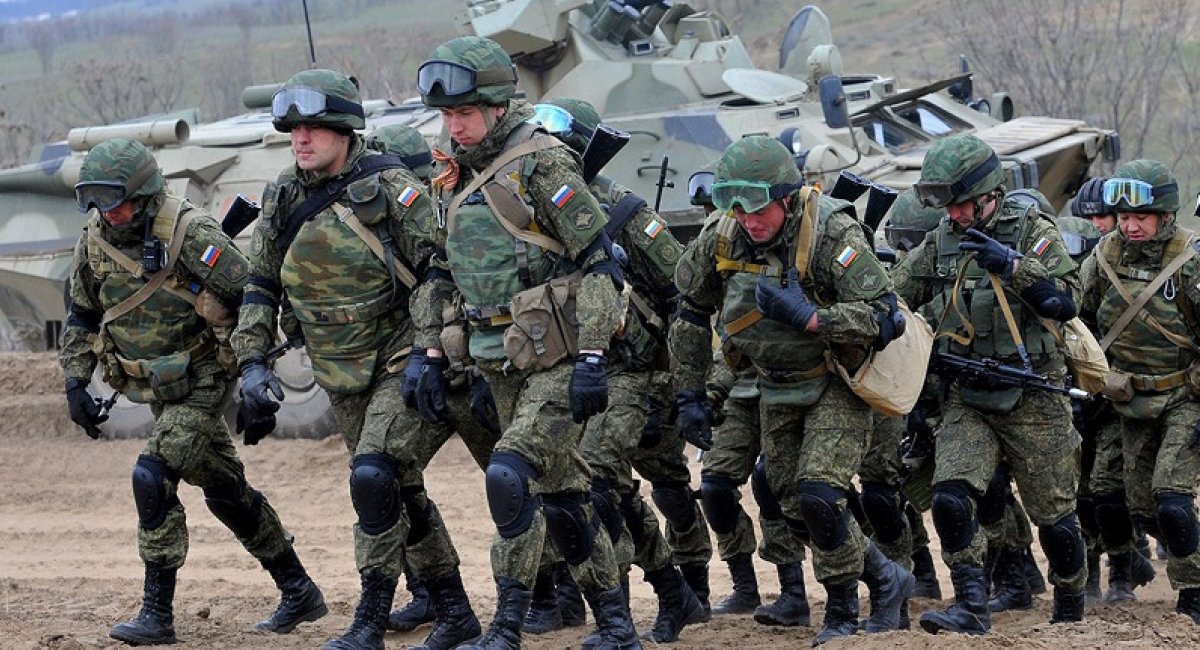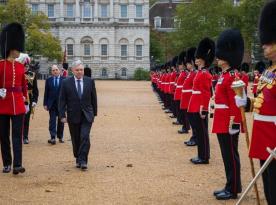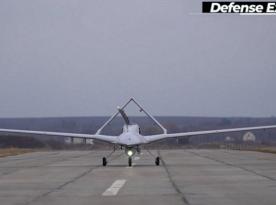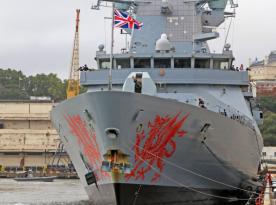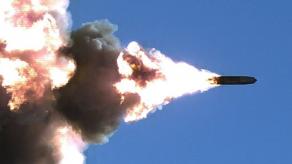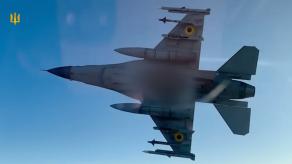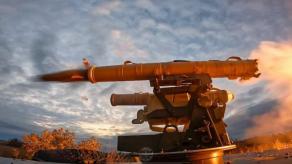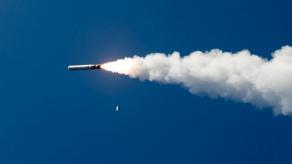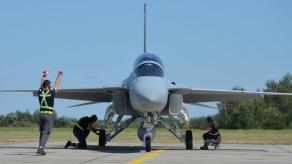Ukrainian and American experts, as well as the Main Intelligence Directorate of the Ukrainian Defense Ministry, warned that under the pretext of holding strategic exercises Kavkaz 2020, Russia may resort to a large-scale offensive against Ukraine. The other day, the Russian president signed a decree on conscription from the reserve "for military training" - without specific dates for this training. This only increased the likelihood of an offensive – behind the decree may be the attempt of the Russian leadership to conduct a covert mass mobilization for military aggression.
Against this background, the question arises: what is the number of Russian troops ready to be involved against Ukraine? How many units of armament and military equipment do they have? In general, the answer to these questions was given at a meeting of the OSCE Forum for Security Co-operation on July 1.
Read more: Ukrainian officers hold exercises on british destroyer. Video
As Ukraine currently chairs this OSCE policy-making body, the issue of implementing and modernizing the 2011 Vienna Document on Confidence- and Security-Building Measures was raised on Wednesday. The main speaker from Ukraine was Head of the Main Directorate for International Cooperation and Verification of the Ukrainian Armed Forces, Lieutenant General Leonid Holopatiuk. In particular, he pointed to the transformation of the occupied territories of Donbas into a "gray zone" that is not covered by the OSCE regime of arms control and confidence- and security-building measures.
Another factor of destabilization is the militarization of the occupied Crimea. The non-transparent nature of military exercises in the Russian Armed Forces also does not inspire confidence.
OCCUPATION CORPS IN DONBAS LARGER THAN SOME EUROPEAN ARMIES
"Ukraine insists that the Russian Federation has to provide in the Global Exchange of Military Information data on the number of its troops and weapons deployed on the territory of Ukraine," Holopatiuk said. He stressed the need to develop effective mechanisms of international control over the military activities of the Russian-occupying forces deployed to the temporary occupied territory in the eastern part of Ukraine and in the Autonomous Republic of Crimea.
The Ukrainian general said that today Russia has already created three groups of troops near the border with Ukraine, "which are capable of carrying out sudden offensive operations on the territory of Ukraine with limited objectives without declaring mobilization and with minimal preparatory measures." And this is not taking into account the Crimean peninsula turned into a "ground aircraft carrier" and the occupied areas of Donbas where Russia's deployed army corps in terms of their military power and strength outnumber the armies of a number of European countries.
The creation of a group of Russian occupation troops in the temporarily occupied territories of Donetsk and Luhansk regions as part of the 1st and 2nd Army Corps has led to the emergence of a large number of weapons and military equipment in eastern Ukraine.
The combat composition of the 1st army corps includes:
five brigades (1st, 3rd, 5th separate motorized rifle brigades, 100th separate motorized rifle brigade of the "Republican Guard" and a separate artillery brigade);
three separate regiments (11th separate motorized rifle regiment, 9th separate assault motorized rifle regiment of the marine corps and a separate commandant's regiment);
ten separate battalions (divisions).
The combat composition of the 2nd army corps includes:
four brigades (2nd, 4th, 7th separate motorized rifle brigades and a separate artillery brigade);
two regiments (6th separate motorized rifle regiment and separate commandant's regiment);
six separate battalions (divisions).
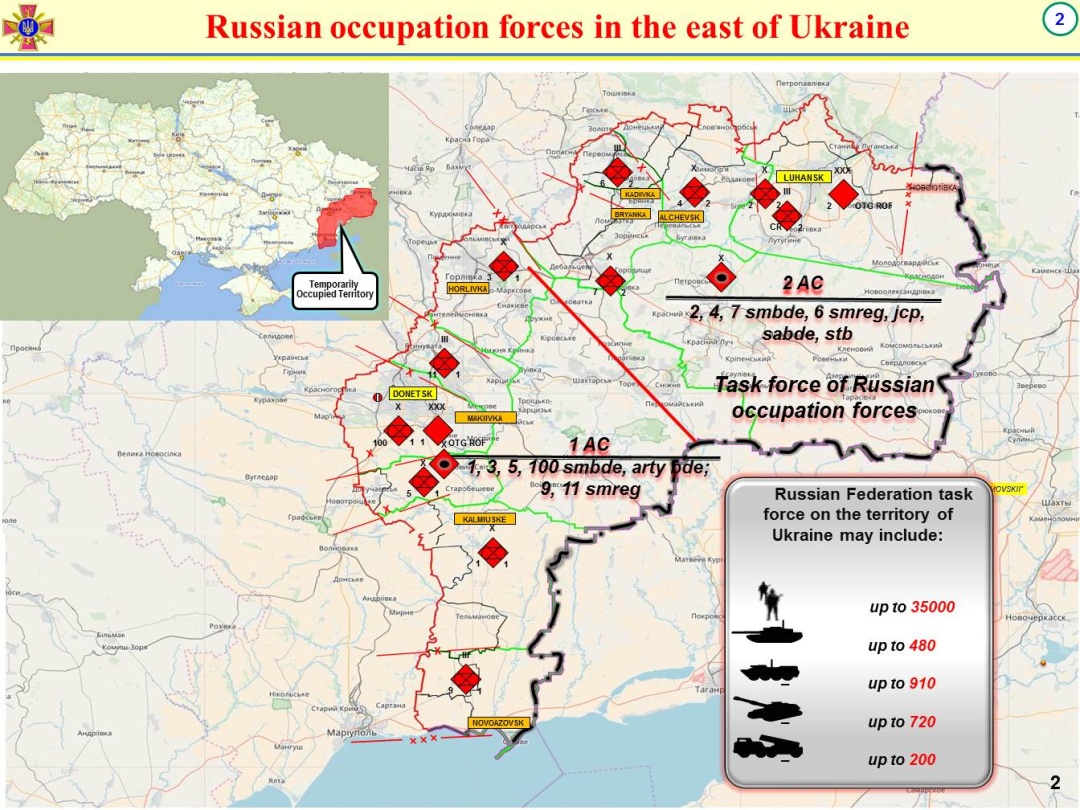
About 35,000 servicepersons serve in the 1st and 2nd army corps.
These army corps have 481 units of battle tanks, 914 units of armored combat vehicles, 720 units of artillery systems and 202 units of multiple launch rocket systems in the non-government-controlled territories of Donbas.
At the same time, the command and staff posts, as well as positions of scarce specialities in the 1st (Donetsk) and 2nd (Luhansk) army corps, are occupied by personnel of the Armed Forces of the Russian Federation with a total number of about 650 people.
In addition, there are units of operational/combat and logistical support, military advisers, instructors of the Armed Forces of the Russian Federation in the temporarily occupied territories of Donetsk and Luhansk regions. Their total number is 2,100 Russian servicepersons.
To maintain constant tension on the contact line and to ensure the viability of the 1st and 2nd army corps, the ammunition and combustive and lubricating materials are supplied from the territory of the Russian Federation through uncontrolled areas of the state border of Ukraine.
CRIMEA AS A "GROUND AIRCRAFT CARRIER"
The militarization of Crimeа remains another destabilizing factor. The peninsula has become a so-called "ground aircraft carrier."
Today, a powerful joint task force has been created on the territory of Crimea, which includes land, air and maritime components and has the strength of about 32,500 servicemen.
In addition, Coastal Defense forces and National Guard units (up to two brigades), as well as the Russian FSB Border Guard Service, have been deployed.
This indicates an active augmentation of strike capabilities of the Russian Armed Forces, which are illegally based on the territory of the peninsula, by increasing the number of troops (forces), equipping them with new models of weapons and military equipment.

The basis of the ground component is the 22nd Army Corps, on the basis of which it is planned to create a combined arms army, and the 810th detached marine brigade. Currently, six battalion tactical groups are ready for employment.
The air component has been reinforced by the deployment on the peninsula of bomber, assault, fighter and army aviation.
Belbek and Gvardiyske airfields were reconstructed to accommodate Russian long-range bombers on the peninsula. The infrastructure is being prepared to allow storage of nuclear weapons on the territory of Crimea.
The combat capabilities of the naval component have been increased by adopting the latest warships and submarines – carriers of maritime-based cruise missiles of the "Caliber" type (up to 70 warships/gunboats, six submarines, a total volley – 84 missiles).
According to data provided by Russia as part of the annual exchange of military information in accordance with the 2011 Vienna Document on Confidence- and Security-Building Measures, there has been a threefold increase in the number of the Russian Federation weapons and military equipment in the Autonomous Republic of Crimea over the past six years.
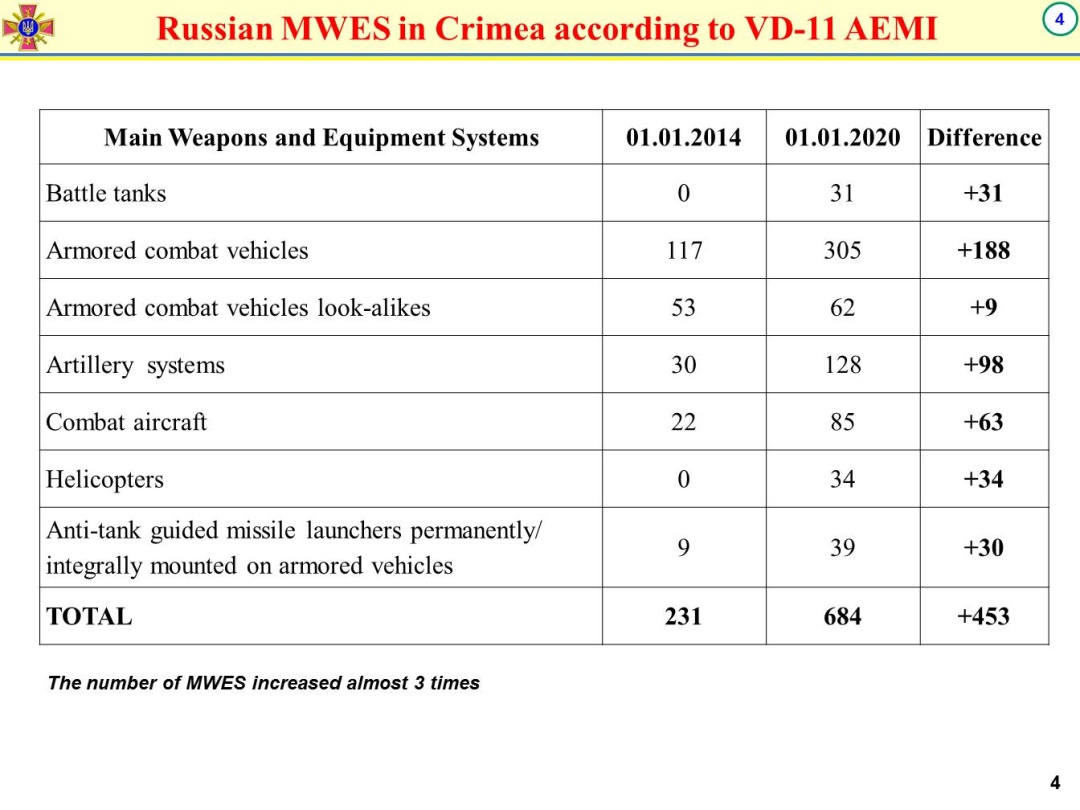
There were 684 units of weapons and military equipment on the territory of the Autonomous Republic of Crimea as of January 1, 2020, or 453 units more than on January 1, 2014. In particular, after the occupation of the peninsula, Russia transferred there 31 battle tanks, about 200 armored combat vehicles, almost 100 artillery systems, as well as 63 combat aircraft, and 34 combat helicopters.
THREE GROUPS READY FOR SUDDEN OFFENSIVE
The Russian Federation continues military build-up along the state border of Ukraine, in particular, the active creation of brand-new military units and the reorganization of existing military formations in order to enhance their combat potential. Currently, 28 battalion tactical groups are deployed along the state border of Ukraine.
Today, the creation of three new formations is being completed – two Armies and an Army Corps, which plan to reach full operational capability in 2020-2021.
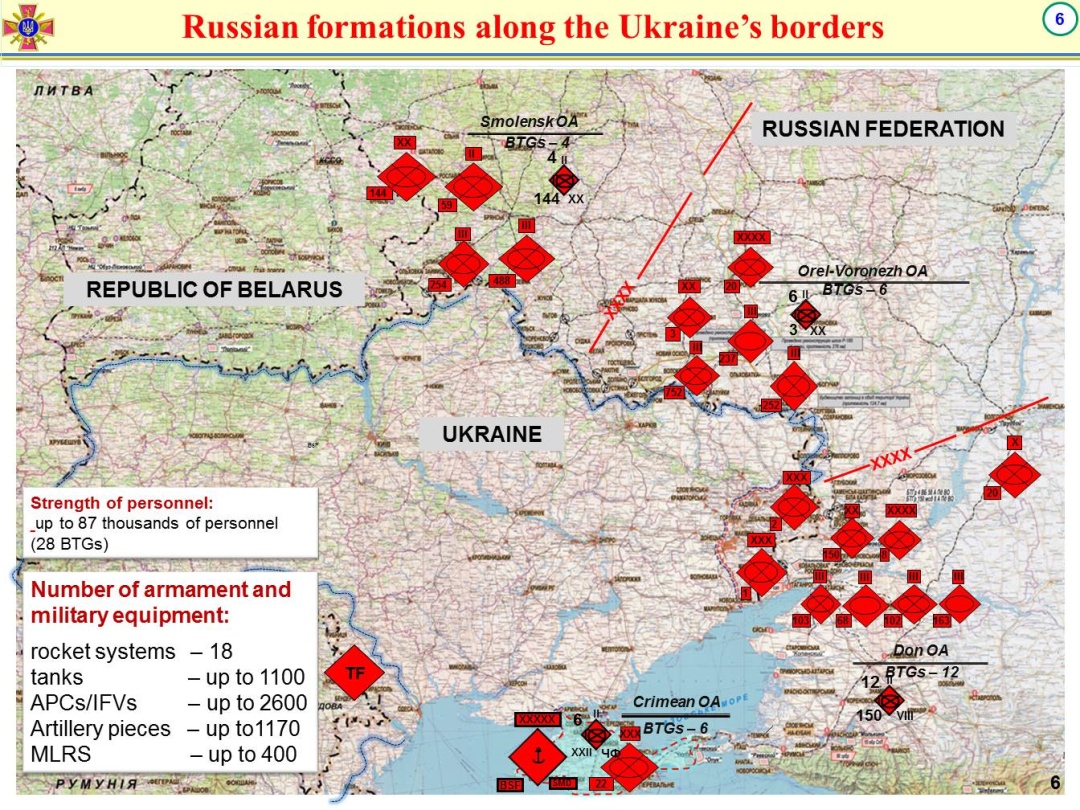
In the ground component in the Western strategic area, the 20th combined arms army consisting of the 3rd motorized division and the 144th motorized division has been created. The 448th Missile Brigade of the 20th Army is equipped with mobile short-range ballistic missile systems Iskander.
In the South-Western strategic area, the 8th Combined Arms Army consisting of the 150th motorized division, the 20th separate motorized rifle brigade, as well as operationally subordinated 1st and 2nd army corps, have been created. The Iskander missile brigades will be established within the military district and the Army.
In general, the strength of the land task force of the Russian Armed Forces along the border of Ukraine amounts to about 87,000 military personnel, up to 1,100 tanks; up to 2,600 armored fighting vehicles; up to 1,100 artillery systems; up to 360 MLRS, 18 mobile short-range ballistic missile systems.
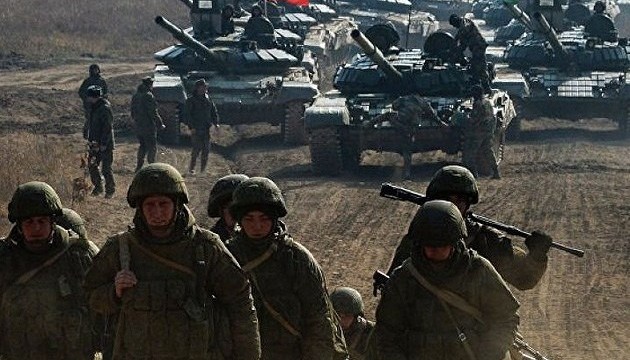
The air component continues to be re-equipped with modern and upgraded models of aircraft (Su-30SM, Su-35S, Su-34, Su-25SM3, MiG-31K with a hypersonic Kinzhal system, as well as helicopters of various modifications). In total, about 330 combat aircraft and 230 helicopters are deployed at base airfields near the Ukrainian state border.
The formation of mobilization deployment support centers continues, which can allow for the establishment of up to four combined arms divisions (Boguchar, Kamensk-Shakhtinsky, Novoozerne/temporary occupied territory of the Autonomous Republic of Crimea).
Thus, as of today, three joint task forces have already been created in the vicinity of the Ukrainian state border, which are capable of carrying out sudden offensive operations on the territory of Ukraine.
Vasyl Korotkyi, Vienna
Read more: Mission of Ukraine to NATO to introduce electronic exchange of classified documents between Ukraine, Alliance – Mission's acting head



